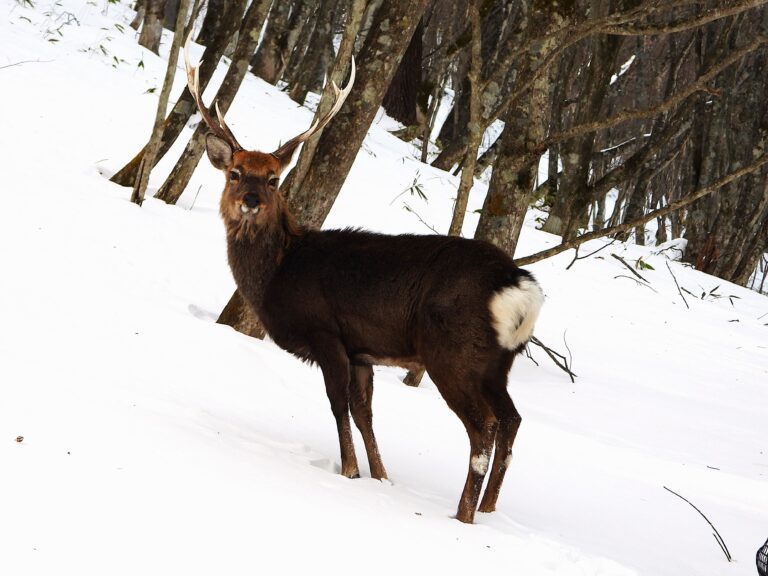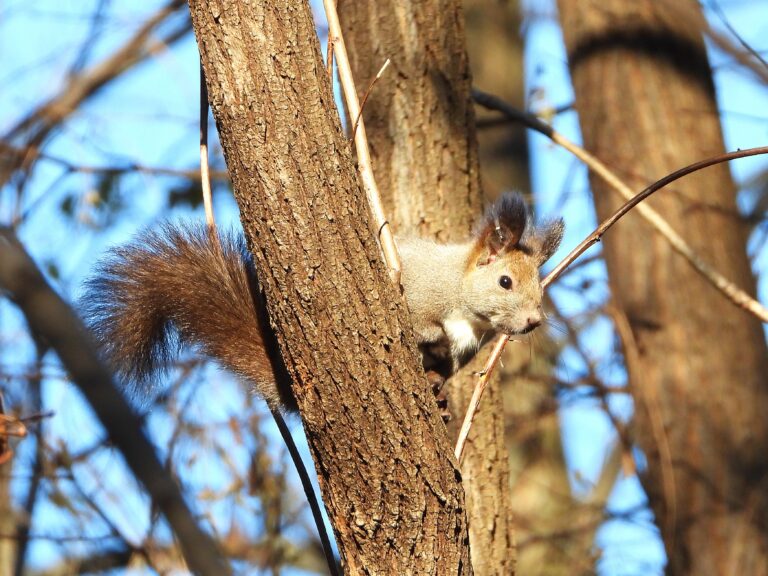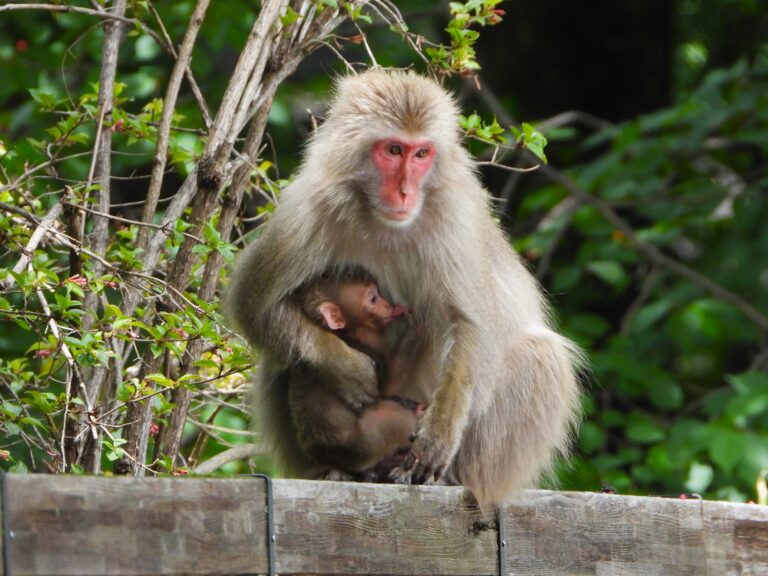Ryukyu Long-haired Rat (Diplothrix legata) – Wildlife of Japan
Introduction
The Ryukyu Long-haired Rat, also called the Ryukyu Long-furred Rat, lives only in the central Ryukyu Islands: Amami-Oshima, Tokunoshima, and northern Okinawa-jima. As the sole surviving species of the genus Diplothrix, it represents a unique lineage. The IUCN lists it as Endangered, and Japan protects it as both a Domestic Endangered Species and a National Natural Monument.
Appearance
This large rodent reaches 22–33 cm in head-body length, while its tail measures 24–33 cm. Adults often weigh between 560 and 700 g. Long coarse guard hairs up to 7 cm cover its back, and the tail’s distal half shines white. These traits make it the largest native rodent in Japan. Researchers have not identified any subspecies.
Habitat
Mature evergreen broadleaf forests, especially stands dominated by Castanopsis (Japanese chinquapin), provide its main habitat. The rat nests and breeds inside large tree cavities, lining them with leaves and twigs. Old-growth trees play an essential role in maintaining viable populations.
Behavior
The species follows a nocturnal and arboreal lifestyle, moving swiftly among branches in the canopy. When forests break, it may cross roads or even travel along power lines. In Okinawa’s Yambaru forests, vehicle collisions remain a major cause of mortality. Drivers who travel there at night need to reduce speed and stay alert.
Diet
The Ryukyu Long-haired Rat feeds on a wide variety of foods. Acorns, fruits, leaves, insects, land snails, and earthworms all appear in its diet. A recent DNA metabarcoding study identified 84 plant species and 46 animal species from stomach samples, proving its broad omnivory and showing more reliance on animal prey than previously assumed.
Reproduction
Breeding activity peaks from September to February. Females give birth to litters ranging from 2 to 12 pups, with an average of about 6. Anatomical studies of individuals from Okinawa-jima clarified these reproductive details.
Conservation
The IUCN recognizes the Ryukyu Long-haired Rat as Endangered, and Japanese law strictly protects it. Habitat loss and fragmentation threaten its survival. Invasive predators, including feral cats and mongooses, increase mortality, while roadkill remains an urgent issue. Capturing or keeping this species is illegal.
Author’s Impression
I encountered the Ryukyu Long-haired Rat on Amami-Oshima. A sudden movement above caught my attention, and when I looked up, I saw the animal on a branch. Its size surprised me, much larger than I expected, and the moment left a strong impression. Because the rat lives in trees and becomes active only at night, seeing it in the wild felt like a rare stroke of luck.
Quick Facts
- Distribution: Amami-Oshima, Tokunoshima, northern Okinawa-jima (no subspecies recognized)
- Key traits: Long guard hairs, distal half of tail white
- Lifestyle: Arboreal, nocturnal, nests in large tree cavities
- Legal status: IUCN EN / Domestic Endangered Species / National Natural Monument







